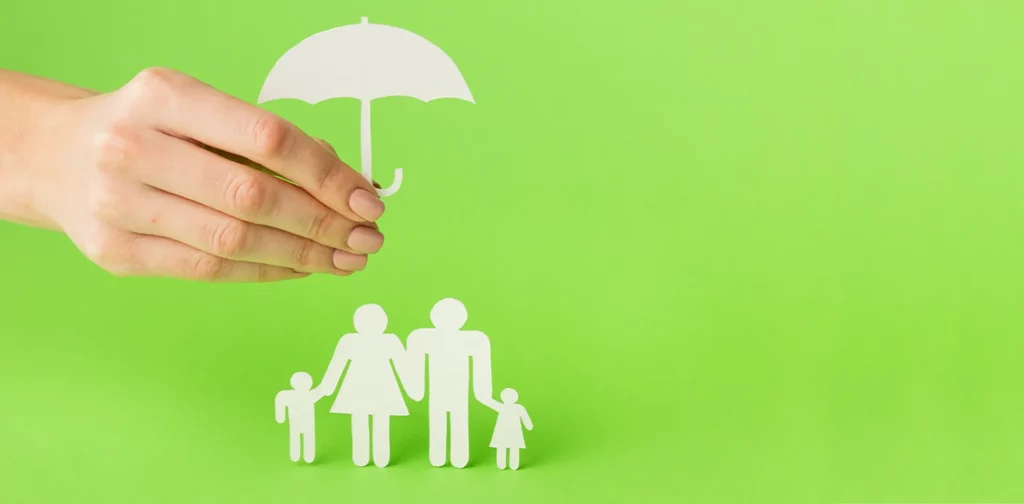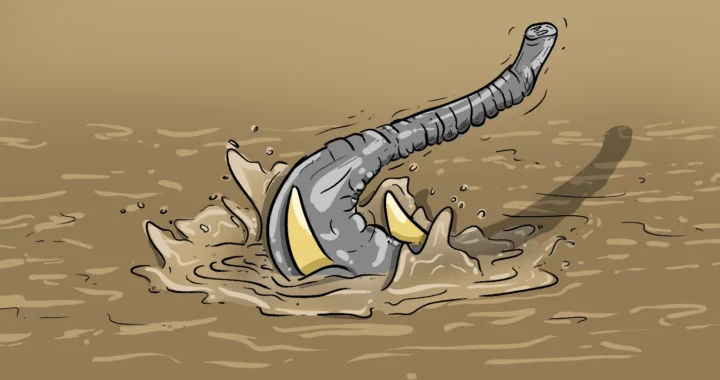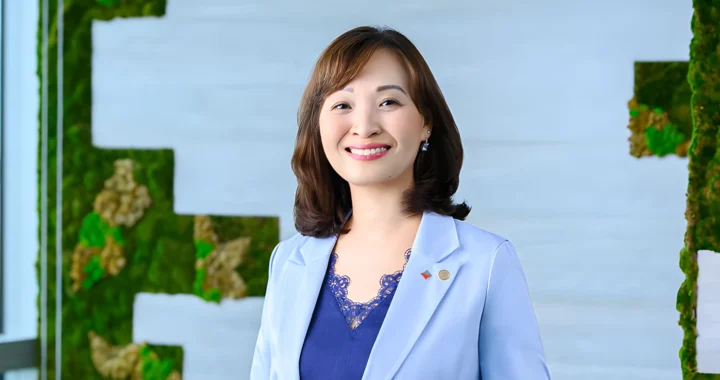What Is Adaptive Social Protection?

Photo: Freepik.
We currently live in a time of crisis. From global pandemics and climate change to economic uncertainty and forced displacements, these issues can lead to devastating shocks and increased vulnerability. Therefore, a response mechanism is needed. Adaptive social protection has emerged to strengthen household resilience against multiple crises.
Adaptive Social Protection
Around the world, people face emergencies and dire conditions in various forms. At the end of 2023, the number of forcibly displaced people due to conflicts and discrimination reached 117 million. Meanwhile, millions are still living in extreme poverty, unable to access food, education, healthcare, and other basic needs. These conditions often overlap, exacerbating the vulnerabilities experienced by the people.
Our ability to withstand possible shocks is critical. The concept of adaptive social protection has emerged to bridge the gap between the existing program and current trends of climate-related crises.
In a report published in 2020, the World Bank defines adaptive social protection as measures to help poor and vulnerable households build resilience by investing in their capacity to prepare for, cope with, and adapt to shocks. The organization drew references from multiple literature, including from researchers at the Institute of Development Studies and the Building Resilience and Adaptation to Climate Extremes and Disasters (BRACED) framework.
Building Blocks
Disasters and shocks affect poor and marginalized people more severely. For instance, drought and heatwaves bring a heavier burden on women regarding economics and care work. Older people and people with disabilities are also likely to have insufficient means and protection to cushion themselves in emergencies.
Therefore, adaptive social protection is crucial for preparing households for shocks and enabling them to bounce back into better conditions. It takes an integrated and collaborative approach between key actors in social protection, climate adaptation, and disaster reduction sectors to formulate long-term solutions.
Developing adaptive social protection is especially crucial in disaster-prone countries. The World Bank report further explores the core building blocks for the system’s development, which include supportive programs, integrated and updated data and information systems, comprehensive and long-term financing, and institutional arrangements and partnerships.
Response Measures for All
In the past years, climate change has had profound impacts on our daily lives; some experience it more severely than others. Without immediate actions to halt and mitigate it, the crisis is predicted to have more disastrous impacts in the future.
Therefore, it is crucial to provide poor and vulnerable households with the information and means necessary to prepare for, cope with, and adapt to potential shocks. Governments, policymakers, researchers, and organizations must work together to formulate, develop, and implement adaptive social protection for all.
Editor: Nazalea Kusuma

Join Green Network Asia Membership
Amidst today’s increasingly complex global challenges, equipping yourself, team, and communities with interdisciplinary and cross-sectoral insights on sustainability-related issues and sustainable development is no longer optional — it is a strategic necessity to stay ahead and stay relevant.
Join Now
Kresentia Madina
Madina is the Assistant Manager for Digital Publications at Green Network Asia. She graduated from Universitas Indonesia with a bachelor's degree in English Literature. She has three years of professional experience working on GNA international digital publications, programs, and partnerships particularly on social and cultural issues.


 Weaving the Thread Between the Last Elephant and the Floods in Sumatra
Weaving the Thread Between the Last Elephant and the Floods in Sumatra  Bringing Buried Rivers Back to Life Through Daylighting
Bringing Buried Rivers Back to Life Through Daylighting  Prescribing Beyond Profit for CEOs’ Anxiety
Prescribing Beyond Profit for CEOs’ Anxiety  An Interview with May Tan-Mullins, CEO and Provost of University of Reading Malaysia
An Interview with May Tan-Mullins, CEO and Provost of University of Reading Malaysia  An Interview with Eu Chin Fen, CEO of Frasers Hospitality
An Interview with Eu Chin Fen, CEO of Frasers Hospitality  The UK Government’s Funding Package Plan to Tackle Youth Unemployment
The UK Government’s Funding Package Plan to Tackle Youth Unemployment